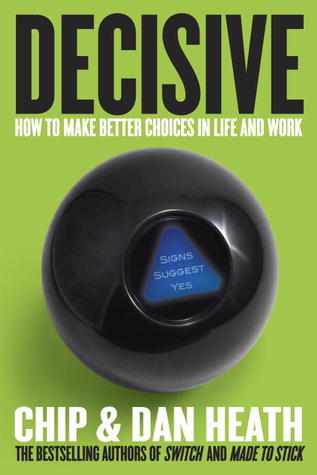In my new role in the Technology Strategy and Innovation office we get to think about, how to decide which ideas should receive R&D dollars. This books really helped me understand a few things that we would want to implement.
Predicting the Future
All companies want to be innovative, they want to know the future and be ready for it. One of the quotes in the book really got me thinking
… most corporate executives favor prediction; their belief seems to be, “To the extent that we can predict the future, we can control it.” In contrast, though, entrepreneurs favor active testing: “To the extent that we can control the future, we do not need to predict it.”
If we could carve a space where the tech leaders are not looking for THE future, but shaping it.
Ideation
Products, patents, improvements all begin with ideas. I’ve seen about 15 software vendors of ideation software like this, this, and this. They all have some concept of a challenge that should spark ideas, à la “How can we make X product better.” Crafting that challenge is not easy, which challenges are better and would generate better ideas.
The book covers the concept of “perspective hindsight,” the idea of thinking of the future as if has already transpired. Say you are planning a company picnic and you want to make sure that everything went well, in spite of possible problems. Think of these 2 questions, which one gets you thinking more:
- “The company picnic is tomorrow, there is a chance of rain, what can you do to make sure that rain doesn’t ruin the party.”
- “It’s Monday morning, the picnic was on Saturday, it rained, but everyone is congratulation your team because you had a great plan in place. What made the picnic a success?”
Russo and Schoemaker have found that when people adopt the second style of thinking—using “prospective hindsight” to work backward from a certain future—they are better at generating explanations for why the event might happen.
Their Method
They call the overall process: WRAP
- Widen Your Options
- Reality-Test Your Assumptions
- Attain Distance Before Deciding
- Prepare to be Wrong
Although their process seems interesting, I don’t think I will be using the whole process, but I will adopt certain heuristics to the way I think. I will also implement certain concepts in the way we implement our innovation process at the company.




